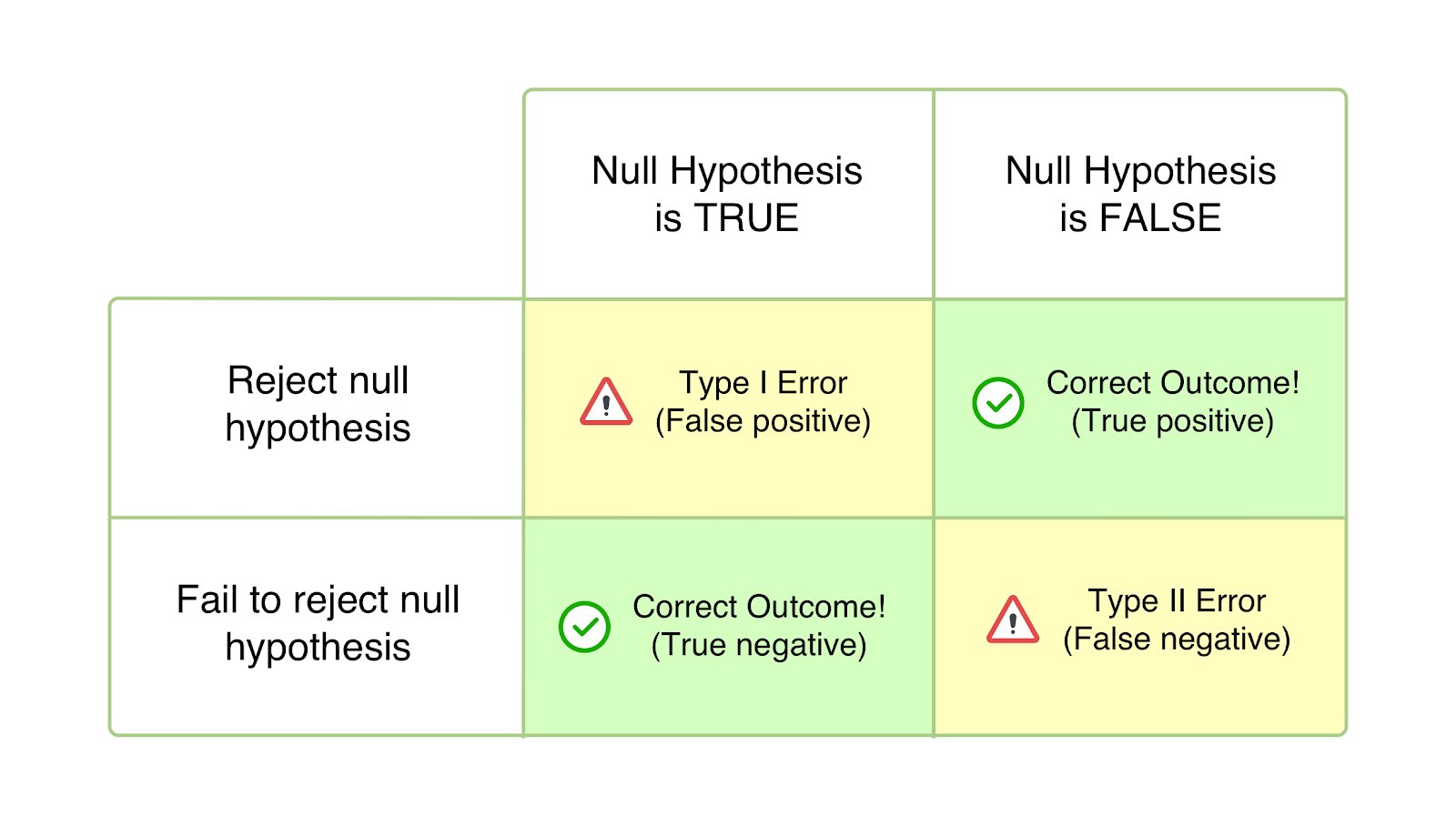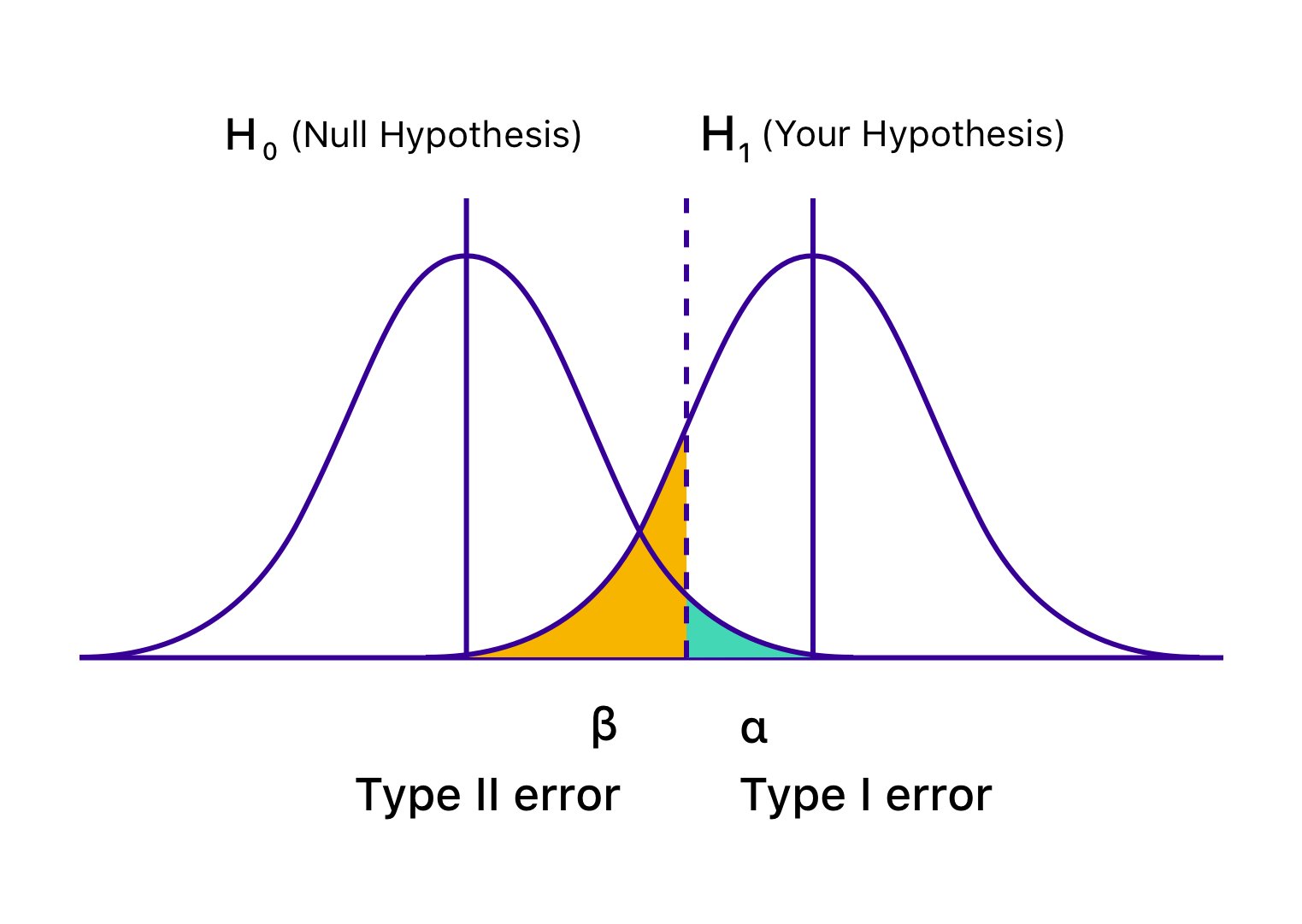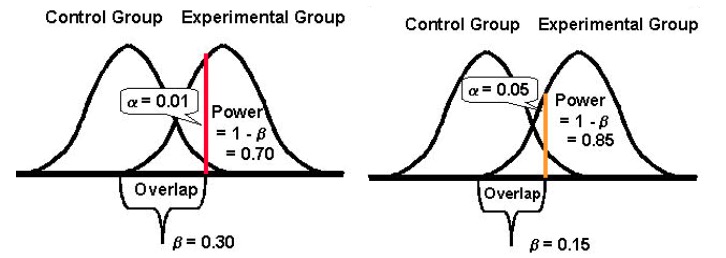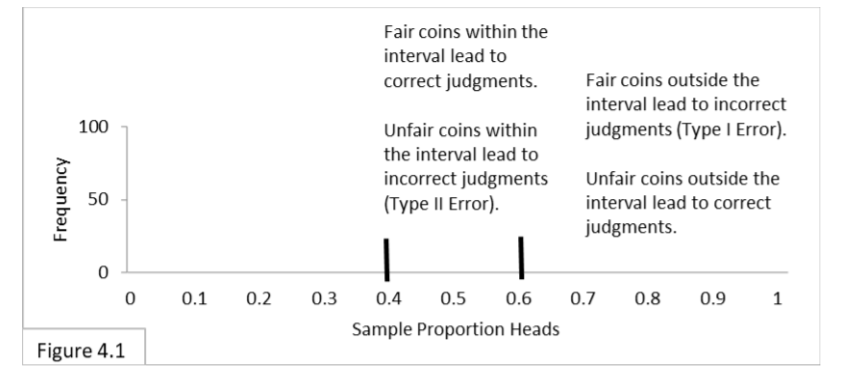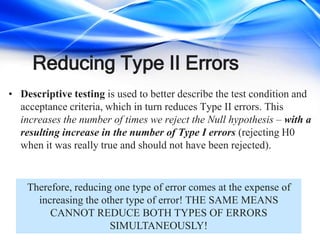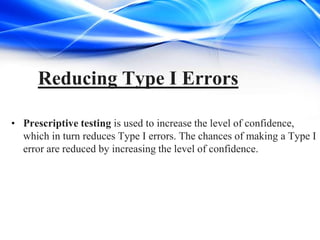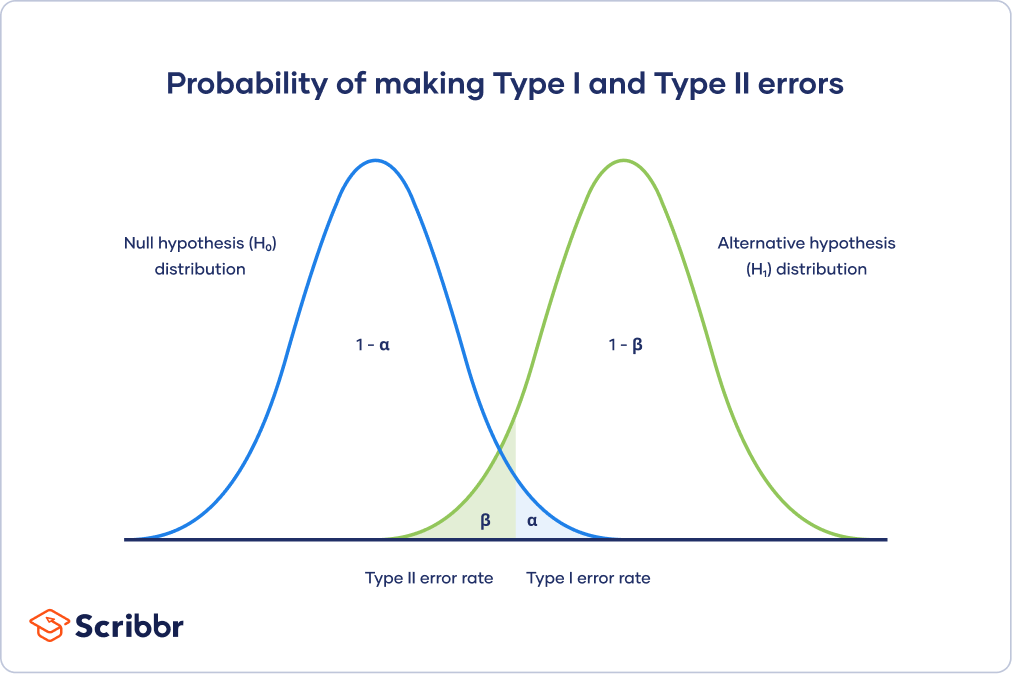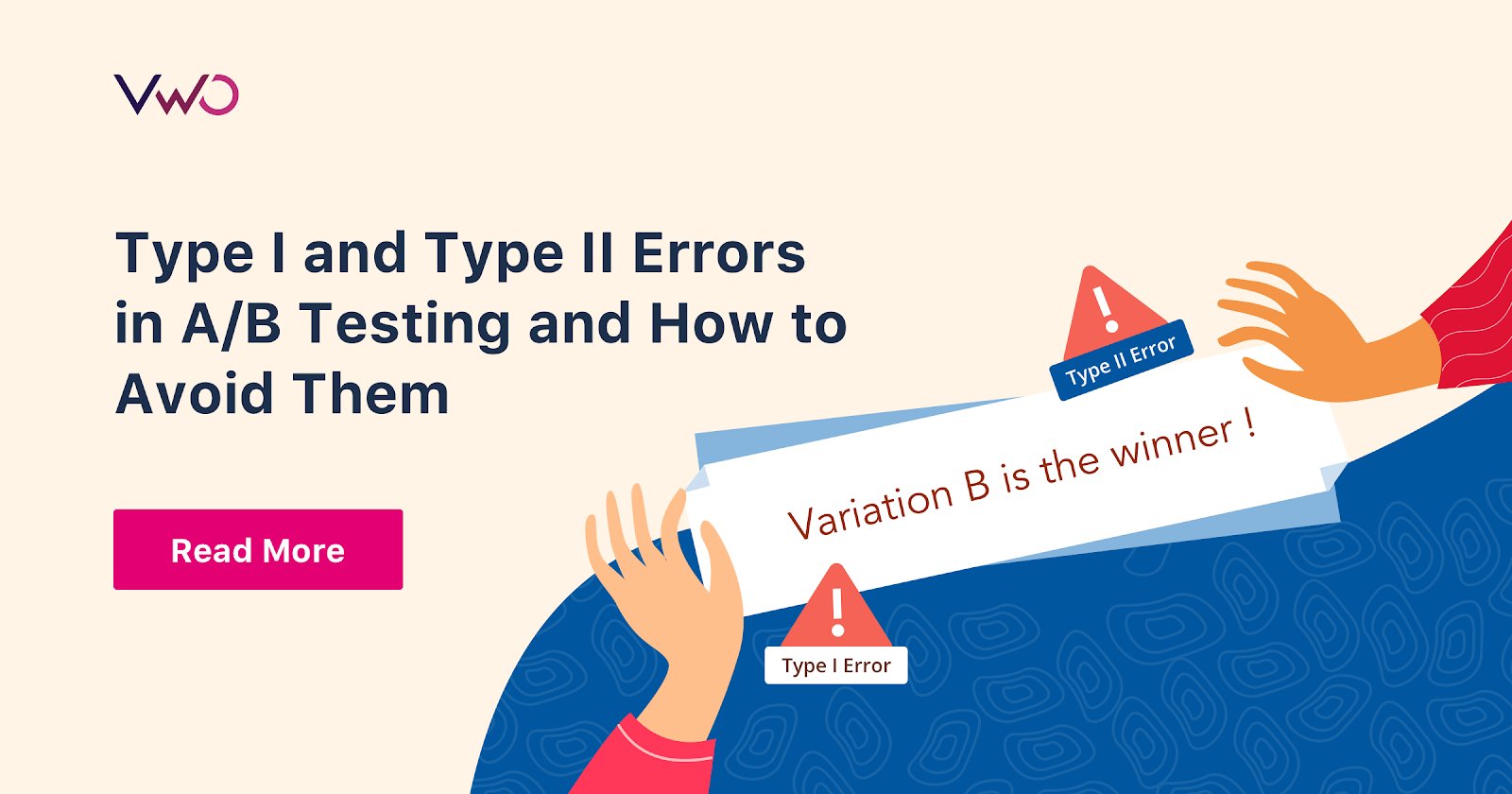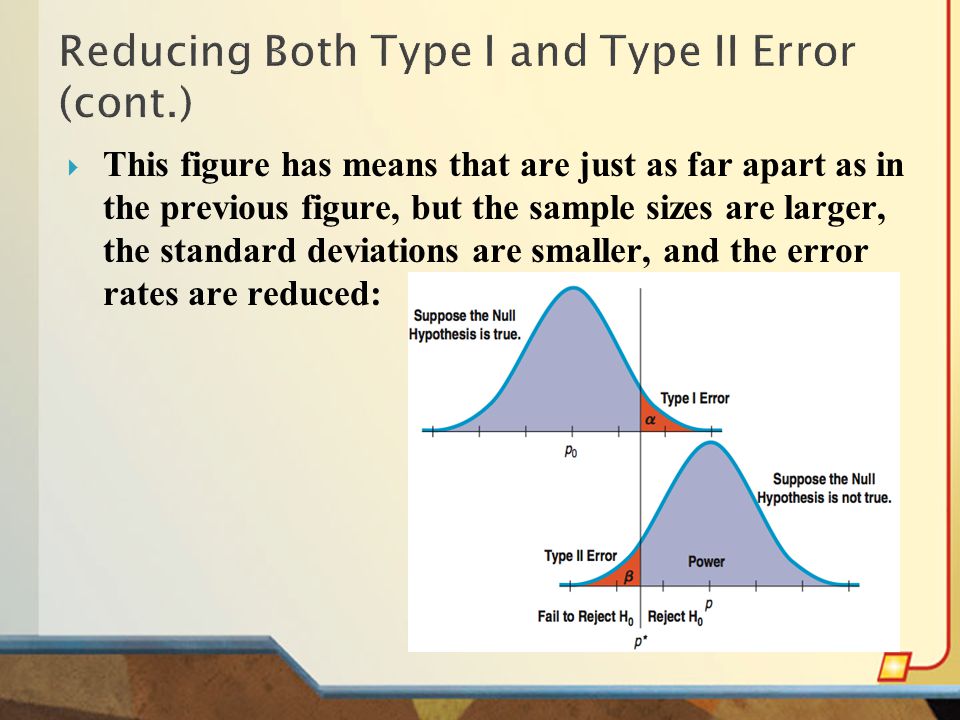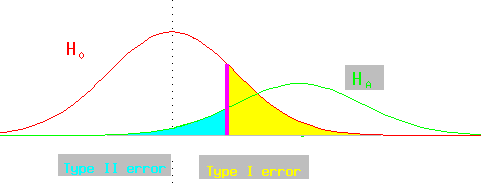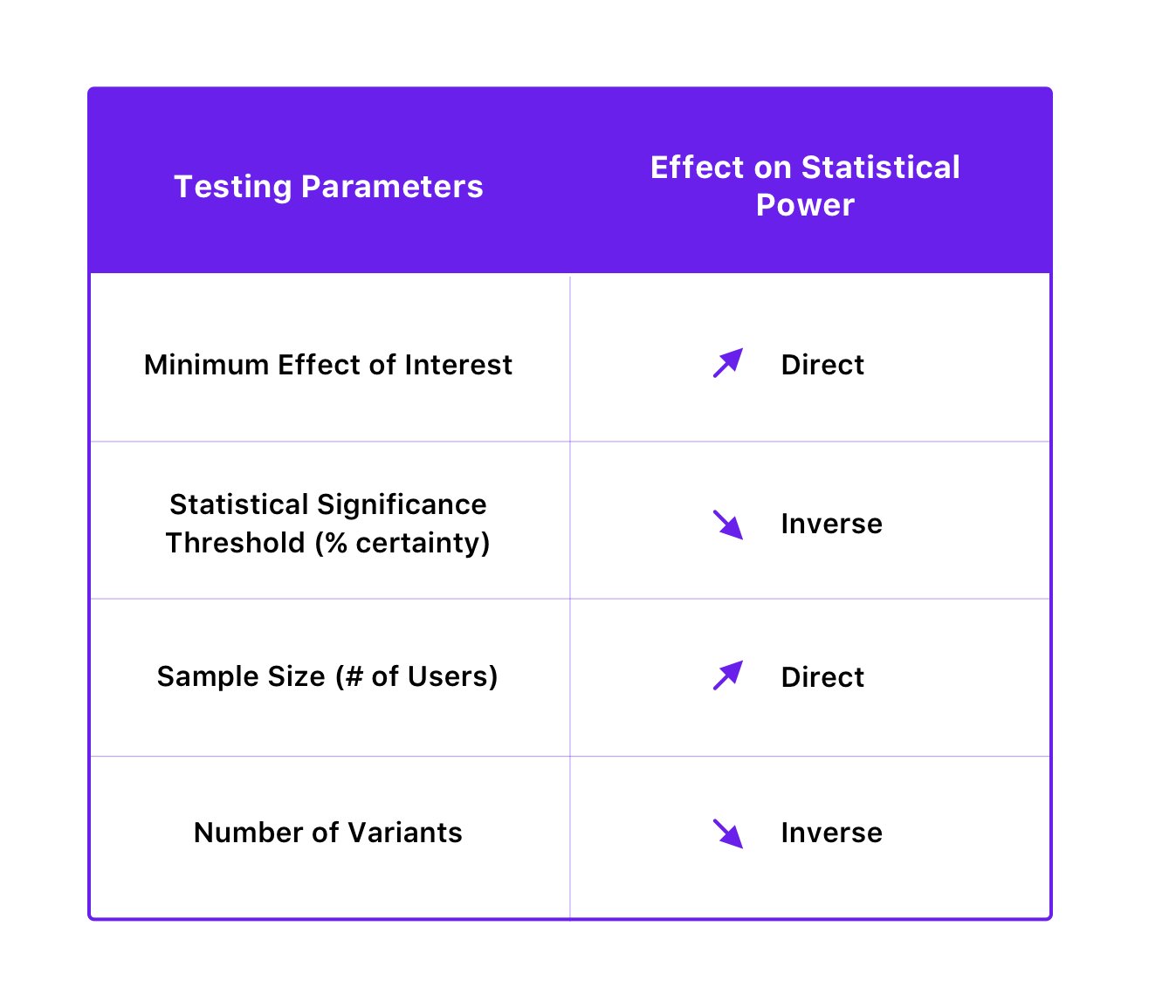Fun Info About How To Reduce Type 1 Error
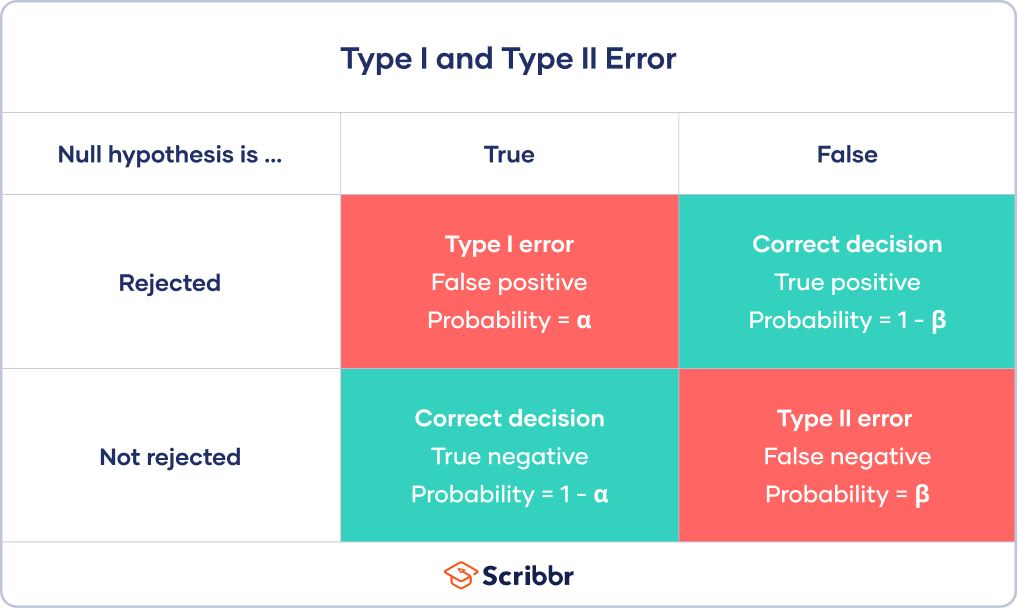
Thank you friends for good discussion.
How to reduce type 1 error. The probability of a type 1 error (rejecting a true null hypothesis) can be minimized by picking a smaller level of significance α before doing a test (requiring a. Understanding type 1 errors allows you to: We could reduce the chance of type 1 errors in our hypothesis test by using techniques like the bonferroni correction, but our measurements would need more samples.
Two tactics involve (1) increasing the effect size or (2) reduce random variability Do proper experimentation to reduce. Before beginning with hypothesis testing, this feature is.
To reduce the type i error probability, you can simply set a lower significance level. For that, make sure you conclude your tests only once. A type i error is a type of error that occurs when a null hypothesis is rejected although it is true.
For example, the significance level can be minimized to 1% (0.01). There are, however, ways to reduce the chances of getting error results. Choose the level of risk you’re willing to accept (e.g., increase your sample size to achieve a higher level of.
The chances of making a type i error are reduced by increasing. The probability of a type 1 error (rejecting a true null hypothesis) can be. Minimizing the alpha of a.
How to reduce these errors in the case of type i error, a smaller level of significance will generally help. For type i error, minimize the significance level to avoid making errors. Can you control type 1 error?
